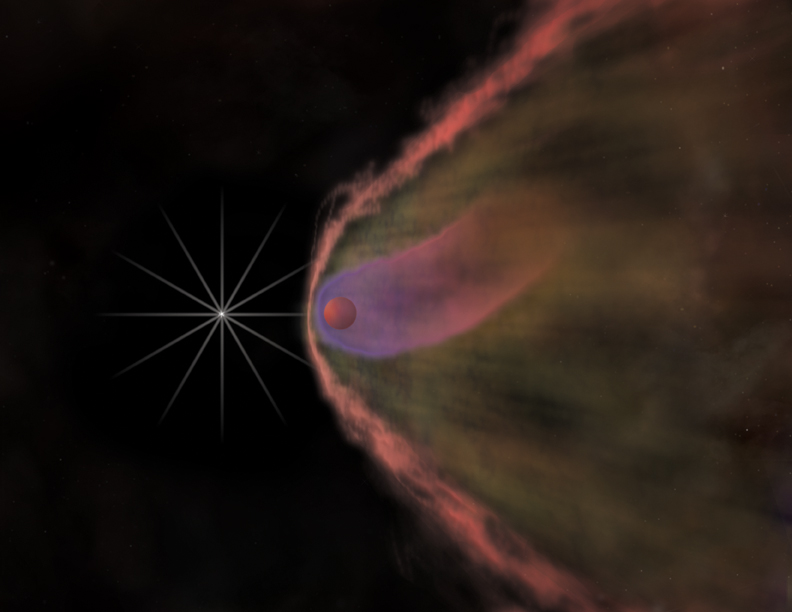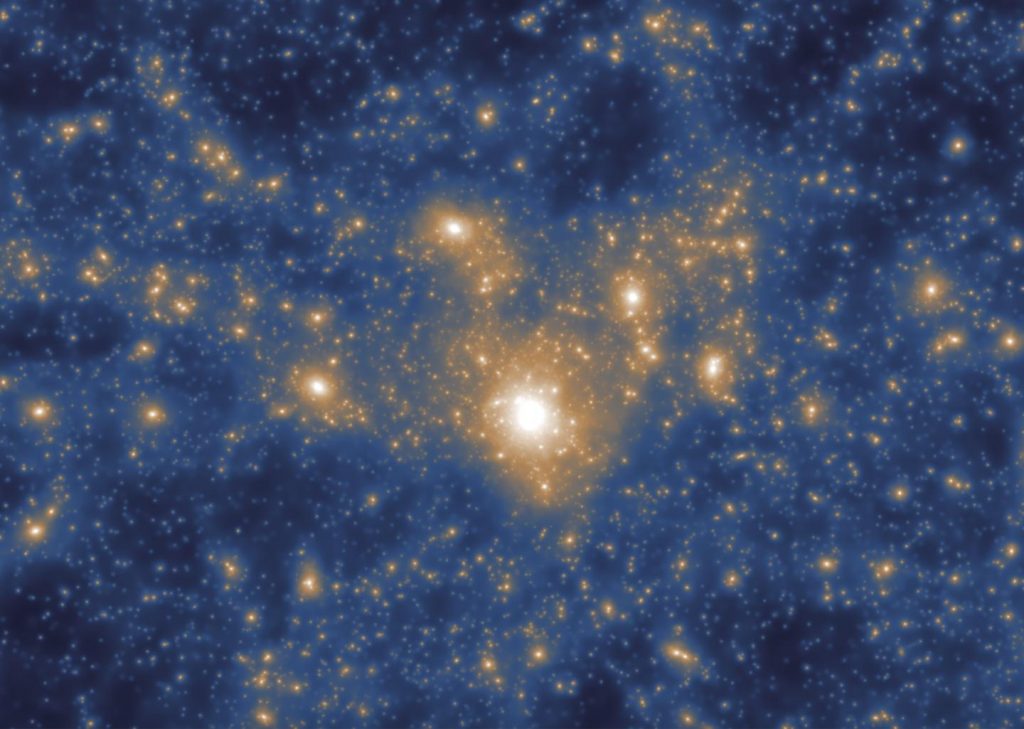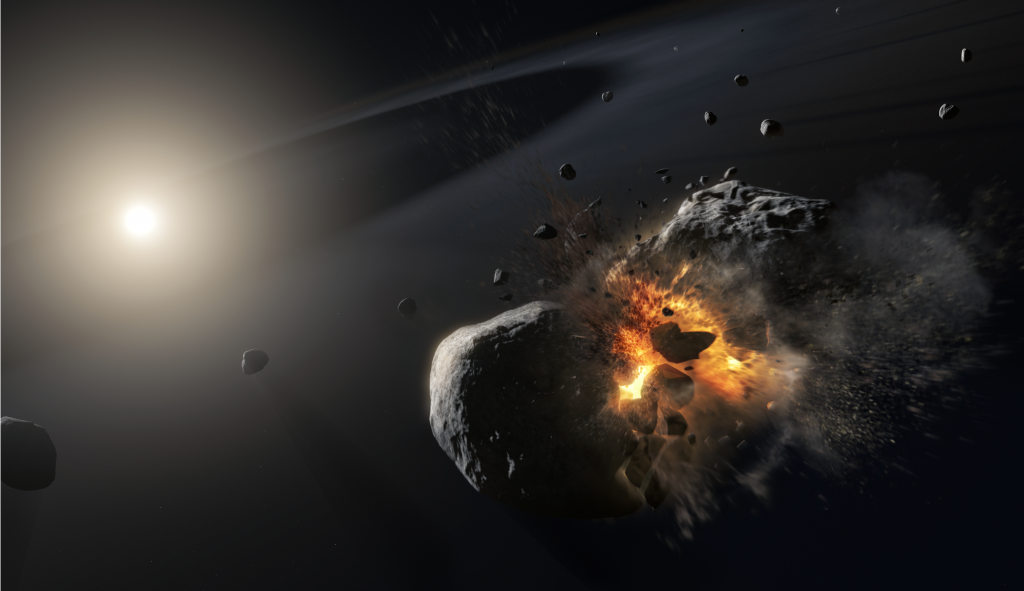Brandon Q. Morris
Brandon Q. Morris is a physicist and space specialist. He has long been concerned with space issues, both professionally and privately and while he wanted to become an astronaut, he had to stay on Earth for a variety of reasons. He is particularly fascinated by the “what if” and through his books he aims to share compelling hard science fiction stories that could actually happen, and someday may happen. Morris is the author of several best-selling science fiction novels, including The Enceladus Series.
Brandon is a proud member of the Science Fiction and Fantasy Writers of America and of the Mars Society.
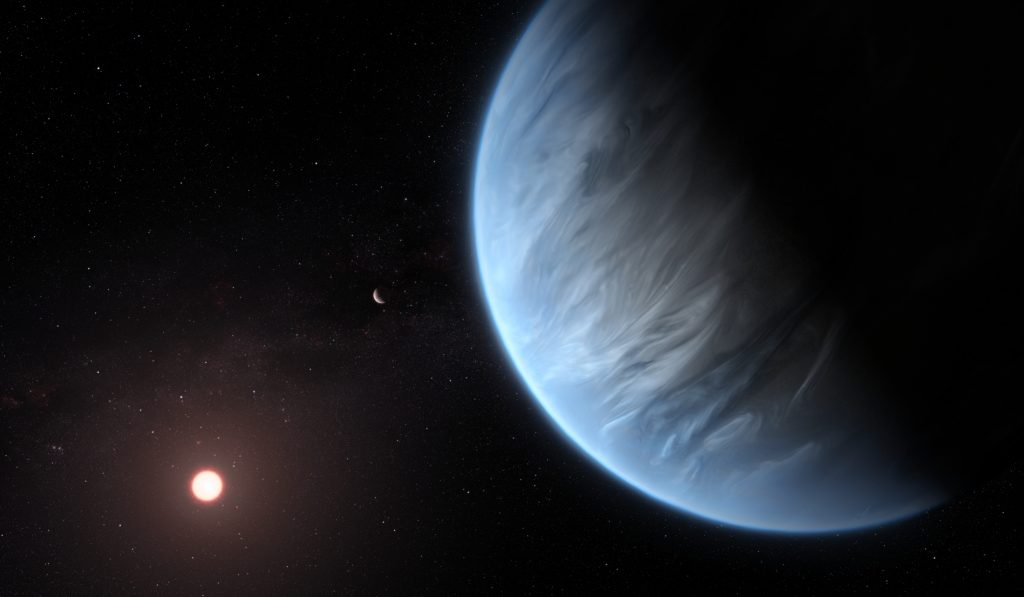 Astrophysics
Astrophysics
May
13
2020
The exoplanet K2-18b, about 124 light-years from Earth, is a kind of mini-Neptune, as astronomers discovered this past year. It is seven to ten times heavier than Earth and its radius is 2.7 times larger. K2-18b orbits its host star, a red dwarf, once every 33 days. Thus, it is located in its star’s habitable zone. For astronomers, however, it has one other special noteworthy feature: hydrogen, helium, and water vapor have been detected in its atmosphere. In the media, K2-18b has even been described as “Earth 2.0,” which it very definitively is not. The researchers who studied it…
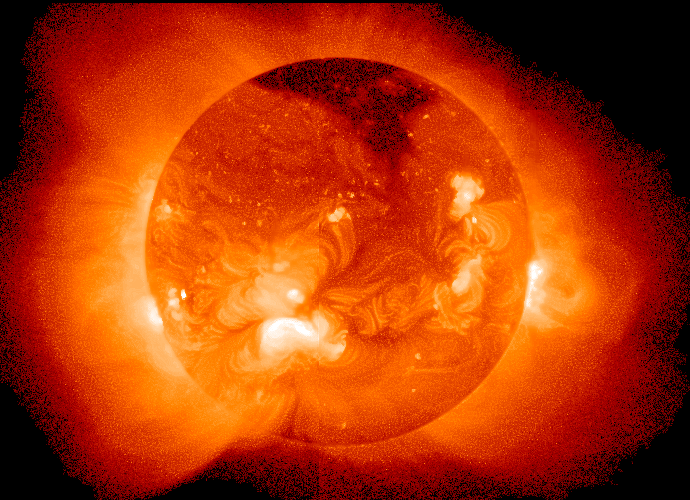 Astrophysics
Astrophysics
May
11
2020
The Sun is rather quiet. That’s the premise of my novel “Silent Sun.” But now researchers at the Max Planck Institute for Solar System Research (MPS) in Göttingen, Germany have also proved it with a systematic comparison published in Science. In such analyses, of course, it is important to make sure you are not comparing apples with oranges. Red dwarfs, for example, are considered much more active. But even among the class of yellow dwarfs like the Sun, there can be big differences. Therefore, the researchers selected candidate stars that were similar to the Sun in terms of important…
Double-star systems end like many marriages: one of the partners almost always dies before the other. When a star dies, if it was not too large, all that remains is a neutron star. This contains a big portion of the mass of the original star, but has a diameter of only about 20 kilometers (12.4 miles). So, like a figure skater who pulls in her arms to spin faster, the neutron star must rotate very quickly about its axis. In doing so, it emits radio waves like a lighthouse – for astronomers it becomes a pulsar, because the radio…
In very large, ancient galaxies, usually more than ten billion light-years away from us, many stars behave differently than in the Milky Way, where the large majority of stars obediently follow the motion of arms rotating about the center of the galaxy. Why is that? It seems galaxies have something in common with people: when there’s too much substance around their mid-sections, it’s usually a result of too much eating. Giant galaxies have swallowed up too many of their neighbors, one after the other, as researchers have now shown in the Astrophysical Journal. (more…)
In 2008, researchers looking at images from the Hubble Space Telescope found a bright spot moving around the star Fomalhaut located 25 light-years from Earth. At 400 million years old, Fomalhaut is still relatively young. The star, twice as heavy as the Sun and 17 times brighter, is also circled by a dust disk that the researchers identified as a remnant from planetary formation. Fomalhaut b was thus the first exoplanet detected through direct, optical imaging, not just indirectly through star crossings or wobbling patterns of movements by its star. In 2015, the approximately Jupiter-sized planet was even given…
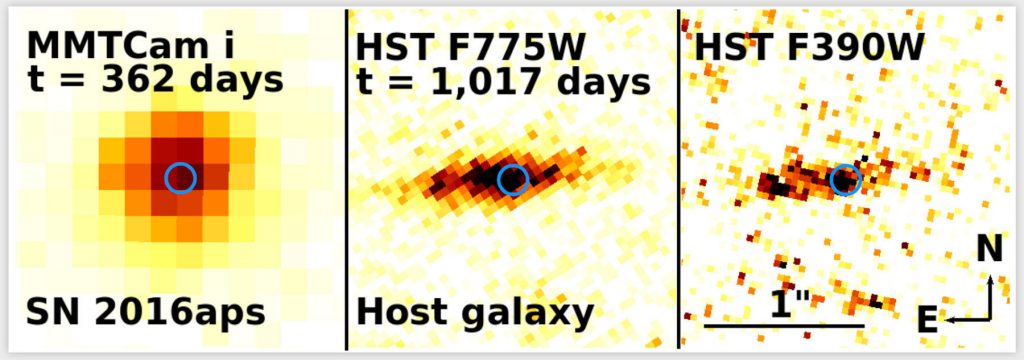 Astrophysics
Astrophysics
Apr
30
2020
A supernova is a powerful explosion at the end of the life of many stars. All massive stars with an initial mass greater than eight solar masses will eventually be torn apart by a supernova, but that fate also awaits smaller stars that are unlucky enough, after their actual end as a white dwarf, to accrete more material from a partner star, with which they form a binary system. Without supernovae, there would be no life, because it’s the only way heavy elements can be spread around the cosmos. On the whole, this process is understood. Particularly energetic supernovae,…
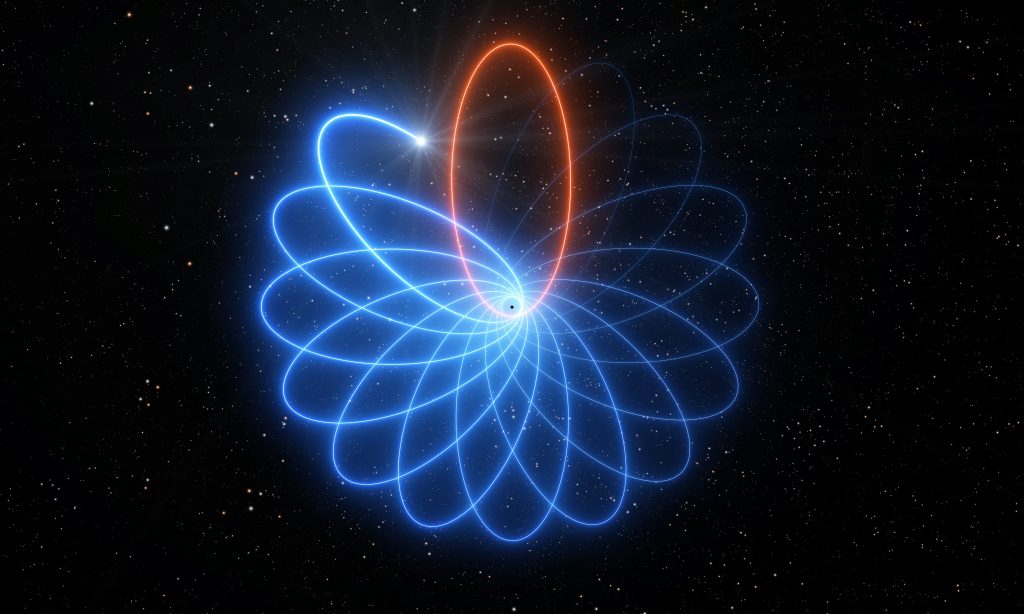 Astrophysics
Astrophysics
Apr
29
2020
Physical theories have one downside that physicists are very aware of: they cannot be proven true for always. Instead, they can be considered correct just until someone can demonstrate that they’re wrong. That applies to Einstein’s theories too. His General Theory of Relativity, however, has been amazingly robust so far. Einstein himself proposed three tests for his revolutionary theory, which wasn’t based on experimental findings, but on an almost philosophical line of thinking. His first test concerned the orbit on which the planet Mercury moved around the Sun. Its point closest to the sun (perihelion) changes in a very…
 Astrophysics
Astrophysics
Apr
28
2020
The Kepler telescope has already been shut down, but astronomers are still finding new exoplanets in its data. Kepler-1649c, which is 300 light-years from Earth, is one of these recently discovered treasures. The planet was overlooked by the first, automated search through the data. The rocky planet has one very intriguing characteristic: it is the most Earth-like exoplanet discovered to date. Kepler-1649c is only 1.06 times larger than Earth. Its host star supplies it with about three-quarters of the energy that the Earth receives from the Sun. That means that water, if it exists there, would be liquid on…


